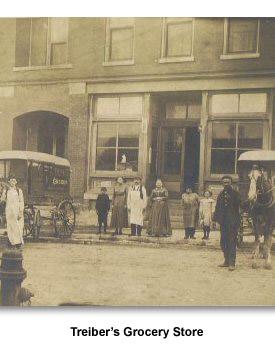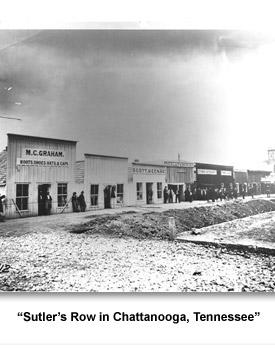Civil War and Reconstruction
How They Worked
During Reconstruction, Tennesseans tried to figure out how to adapt to the economic changes caused by the Civil War.
The most important change was the end of slavery. For the first time, the state would have a free labor system in which workers had the right to profit from their labors. Tennessee agriculture changed significantly to fit this new situation.
The most important change was the end of slavery. For the first time, the state would have a free labor system in which workers had the right to profit from their labors. Tennessee agriculture changed significantly to fit this new situation.
Reconstruction brought new opportunities for economic change and growth to the state along with hardships stemming from the physical destruction caused by the war to businesses and farms. This was also a time of new dis-cover-ies and revival of interest in science and technology .
Picture Credits:
- Black and white photograph of five people standing on the sidewalk in front of Treiber’s Grocery Store. Two men are also shown holding bridles of horses hooked up to delivery vans. Tennessee State Museum Collection, 95.19.49
- Stereograph, a type of photograph, showing side by side images, of the “Railroad Depot at Nashville, Tennessee.” This photograph was created sometime between 1861 and 1865 and was originally published for the book, The War for the Union: Photographic History. New York Digital Library
- Photograph of “Sutler’s Row in Chattanooga, Tennessee.” These businesses are located on Chestnut Street between 8th and 9th streets. Some of the businesses shown are: Scott, Keen, & Company; M. C. Graham, boots, shoes, hats and caps; and Dunlap &Bowdre, supply store; Etowah Restaurant and saloon and St. Episcopal Church on the far right. United States National Archives
Civil War and Reconstruction >> Reconstruction >> How They Worked >>



 Sponsored by: National Endowment for the Humanities
Sponsored by: National Endowment for the Humanities